Spider Lily are beautiful flowers that bloom in the summer. They get their name from their spider like appearance, with long petals that curl at the ends. Spider Lilies grow in warm climates and require full sun to thrive. They are relatively easy to care for, and make a great addition to any garden. These stunning flowers come in a variety of colors, including white, pink, and purple. ?Spider Lilies are also known to be fragrant, making them a favorite amongst gardeners looking to add a bit of beauty and fragrance to their outdoor space. Whether planted in a garden bed or used as accents in pots, Spider Lilies are sure to add some charm to any setting.
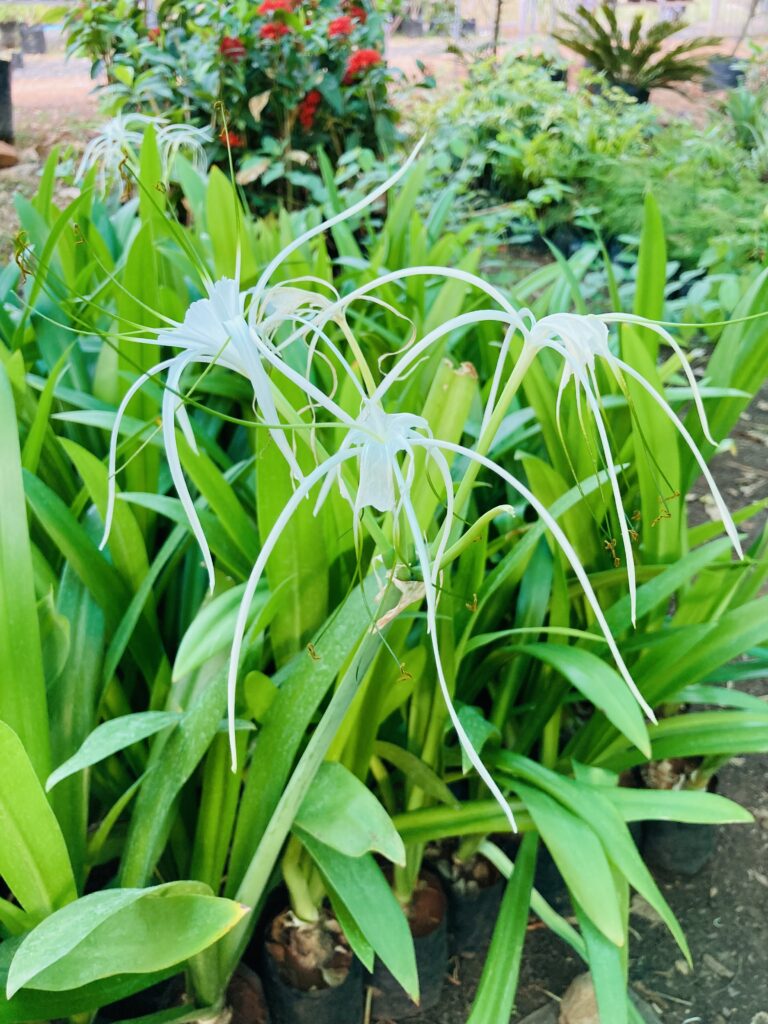
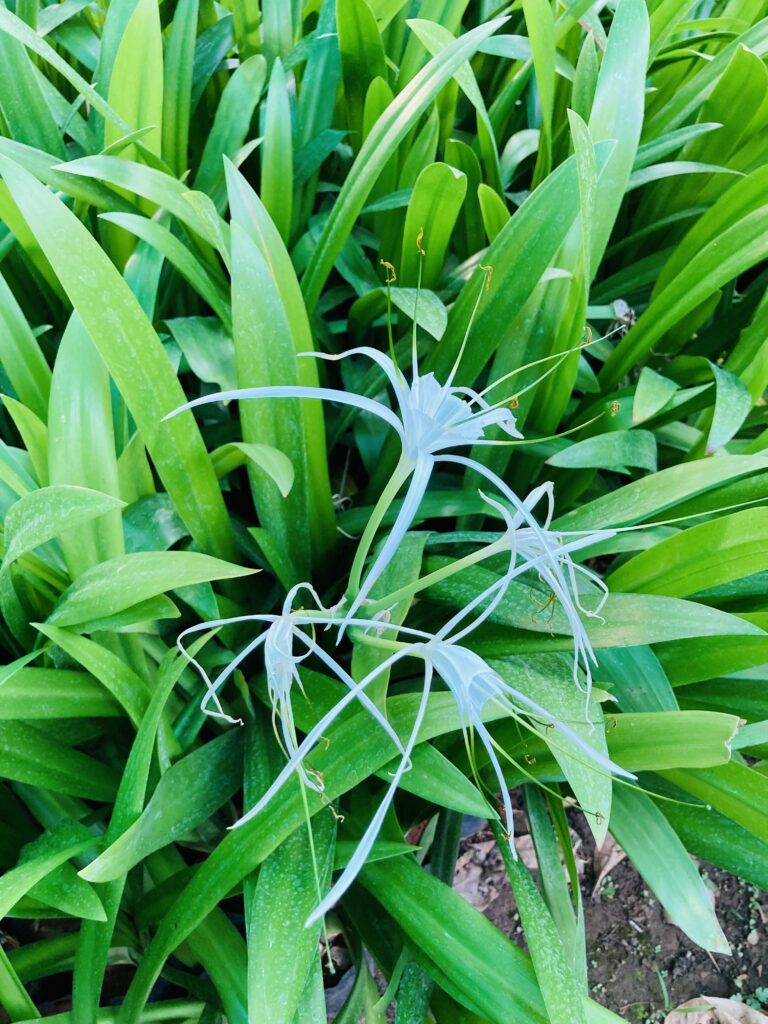
Spider lilies are bulbs that should be planted in the spring. They prefer full sun, but will tolerate some shade. The soil should be well-drained, and amended with organic matter. Spider lilies should be spaced about 6 inches apart.
Once they are planted, spider lilies require very little care. Water them regularly, and fertilize them once a month. In the fall, cut the foliage back to the ground. The bulbs will overwinter in the ground, and will bloom again the following spring.
Spider lilies are beautiful flowers that make a great addition to any garden. With just a little bit of care, they will thrive and bloom for many summers to come.
How to plant Spider Lily
Spider lilies are one of the most popular bulbs for home gardens, and for good reason. They are relatively easy to grow and produce showy blooms in a variety of colors. If you’re thinking of planting spider lilies in your garden, here are a few tips to get you started.
Spider lilies prefer full sun to partial shade and well-drained soil. You can plant the bulbs in the spring or fall, spacing them about four to six inches apart. Once they’re in the ground, water them well and fertilize using a low-nitrogen fertilizer. Spider lilies are relatively drought-tolerant, so you won’t need to water them often once they’re established.
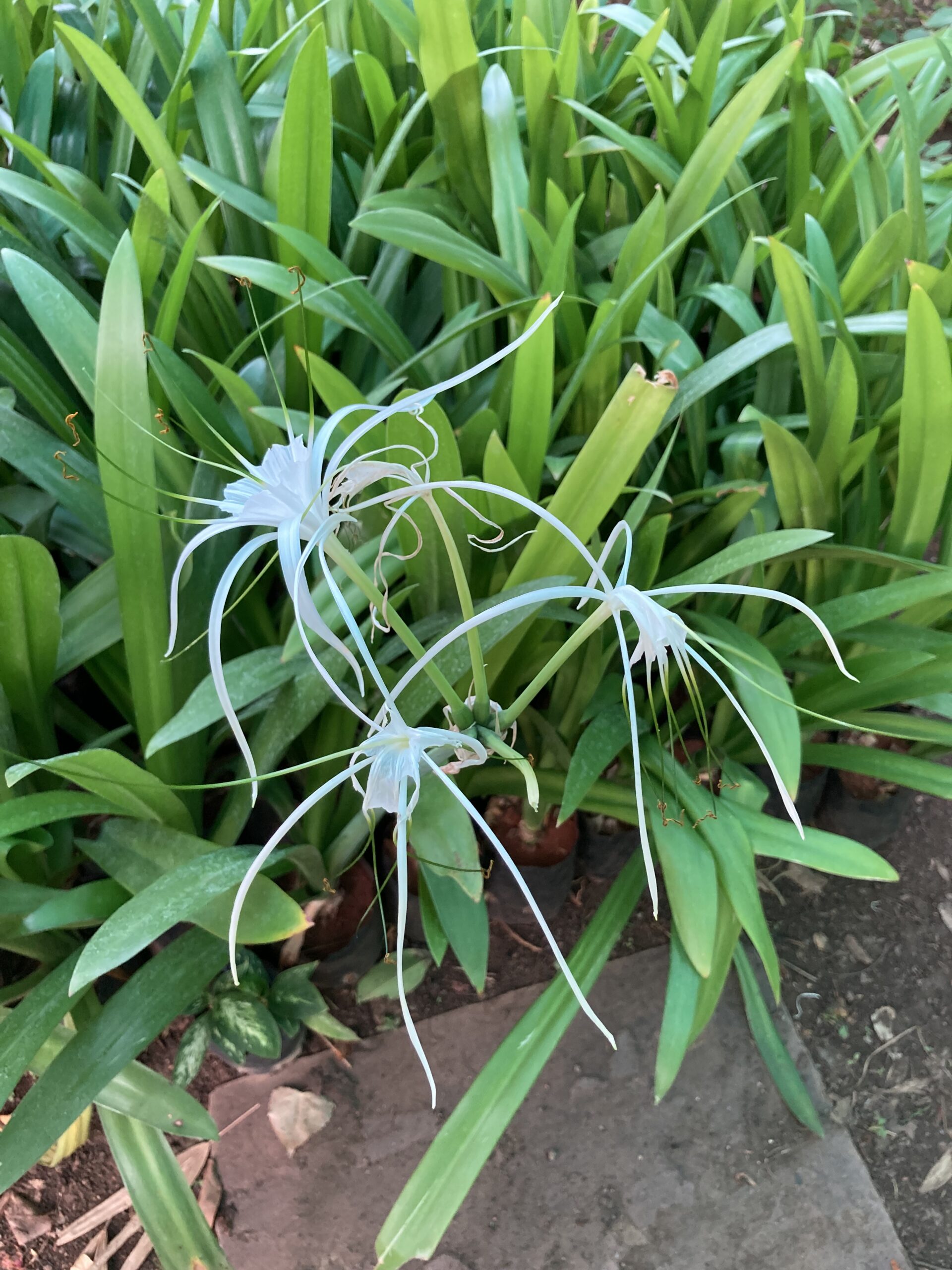
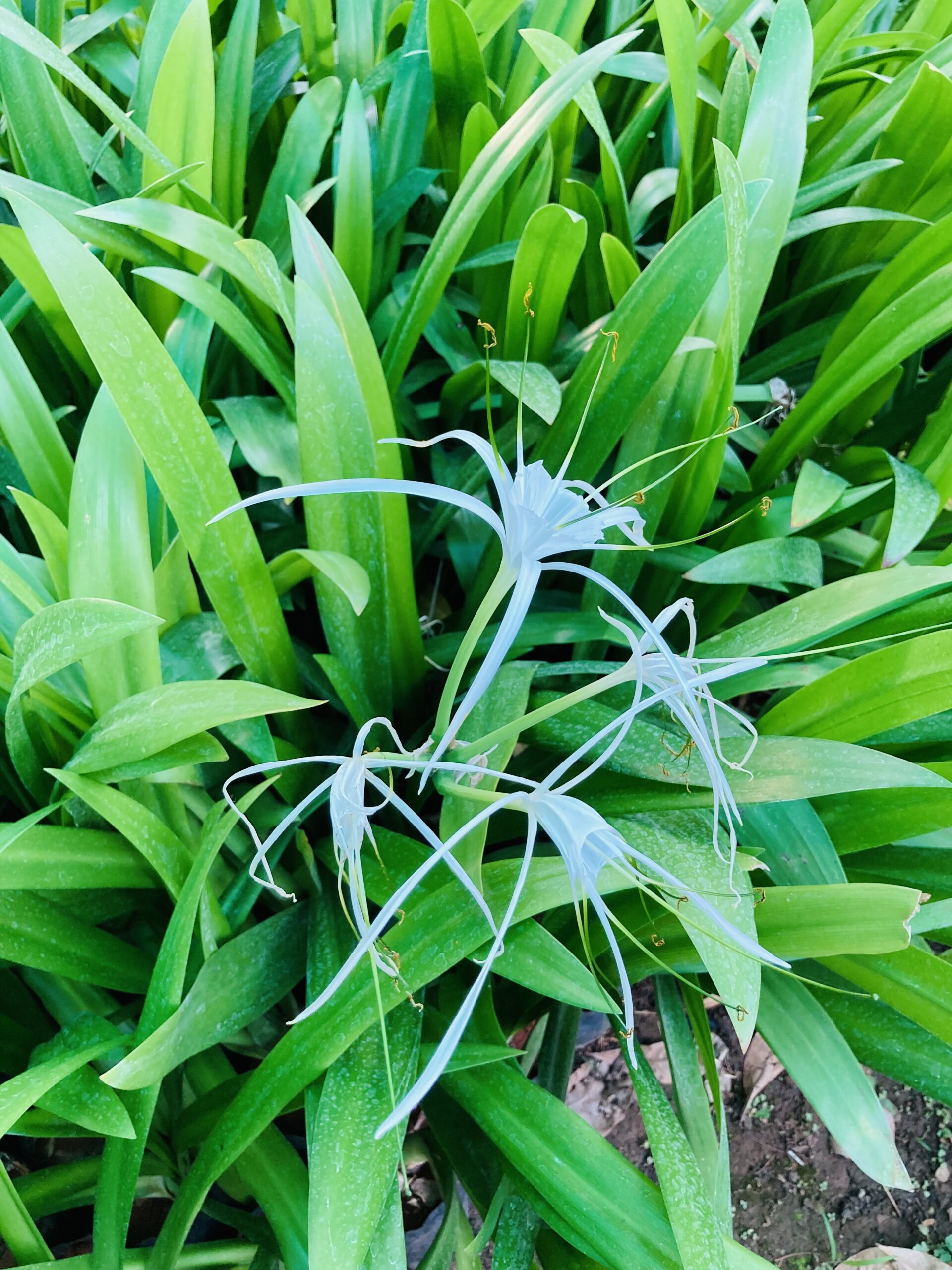
In the late summer or early fall, spider lilies will produce tall stalks topped with fragrant flowers. After the flowers fade, allow the bulb to remain in the ground until it dies back naturally. Then, you can dig it up and store it indoors over the winter. Spider lilies are also known as amaryllis belladonna or naked ladies. So depending on what you’re looking for, keep that in mind when you’re shopping for bulbs!
What are spider lilies?
Spider lilies (Lycoris radiata) are a bulbous plant in the Amaryllis family. They are native to China, Japan, and Korea, but they have been naturalized in many other countries. Spider lilies get their name from their long, thin petals which resemble the legs of a spider.
When to plant Spider Lily
The best time to plant spider lilies is in the spring, after the last frost. You can also plant them in the fall, although they may not bloom the first year. Bulbs should be spaced four to six inches apart and planted in full sun to partial shade.
Where to plant Spider Lily
Spider lilies grow best in well-drained soil. They are tolerant of both sandy and clay soils, as long as they are not waterlogged. If you have heavy clay soil, consider planting your spider lilies in raised beds or berms to improve drainage.
When do spider lilies bloom?
Spider lilies typically bloom in late summer or early autumn. The timing of blooming can vary depending on the climate and weather conditions. In warm climates, they may bloom as early as July, while in cooler climates, they may not bloom until October.
Steps to Plant Spider Lilies
- Choose a location. Spider lilies grow best in full sun to partial shade.
- Prepare the soil. Spider lilies prefer well-drained soil. Amend the soil with organic matter if necessary.
- Plant the bulbs. Plant spider lily bulbs four to six inches apart, with the pointed end facing up.
- Water and fertilize. Water the bulbs well after planting, and fertilize using a low-nitrogen fertilizer.
- Enjoy the blooms! Spider lilies will bloom in late summer or early fall. After the flowers fade, allow the bulb to remain in the ground until it dies back naturally.
How to care for Spider Lily
Spider lilies are relatively easy to care for. After blooming, allow the foliage to die back naturally. This helps the plant store energy for next year’s blooms. Once the foliage has died back, Spider Lily bulbs can be dug up and divided if desired. Otherwise, leave them in the ground and allow them to multiply on their own. Spider lilies do not like to be disturbed once they are planted, so it is best to leave them undisturbed unless absolutely necessary. Spider lilies require very little supplemental fertilizer; a slow-release bulb food applied in spring is all that is needed. Spider lilies are also relatively resistant to pests and diseases; however, they can be susceptible to rot if overwatered or planted in poorly drained soil.
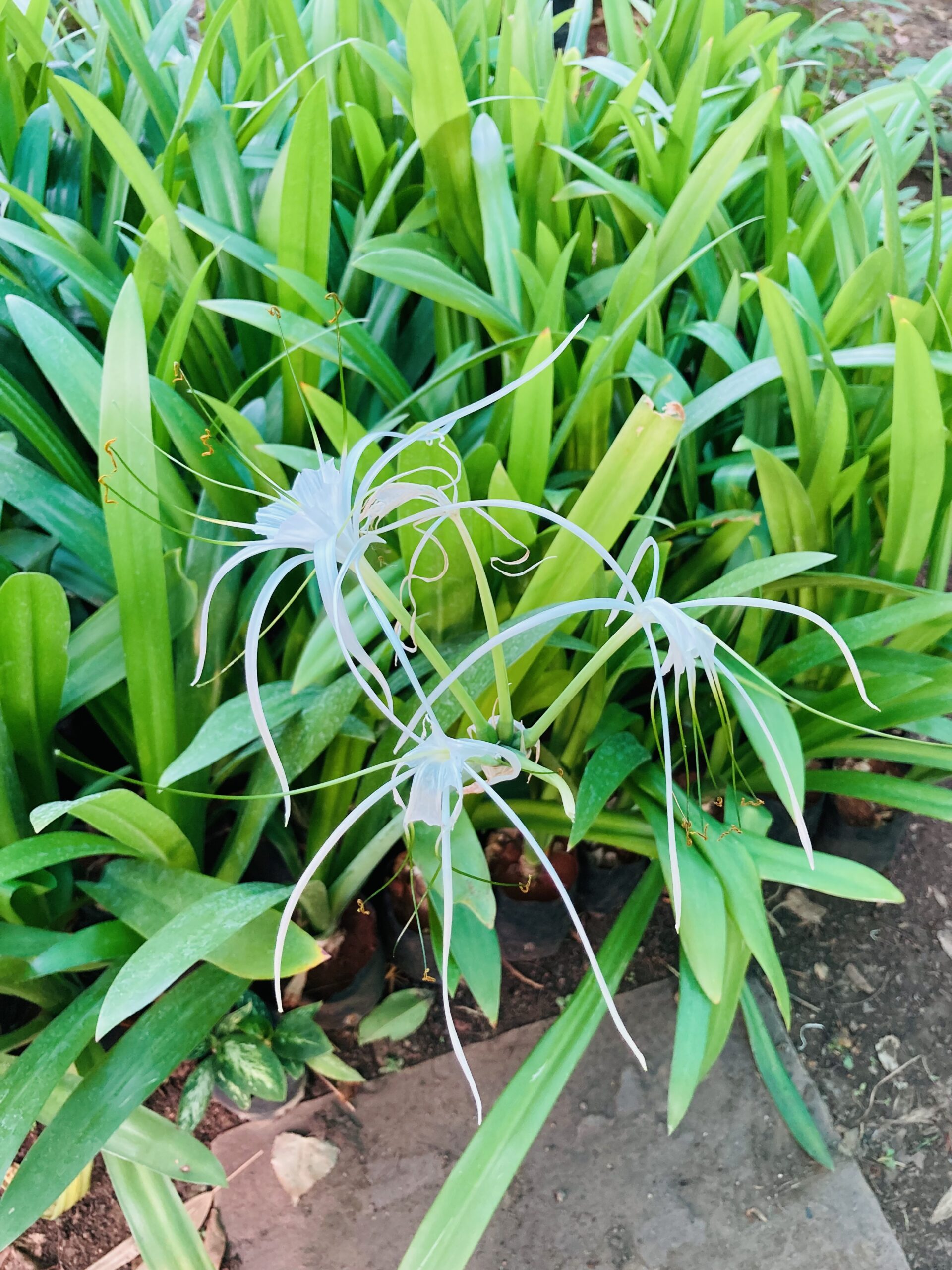
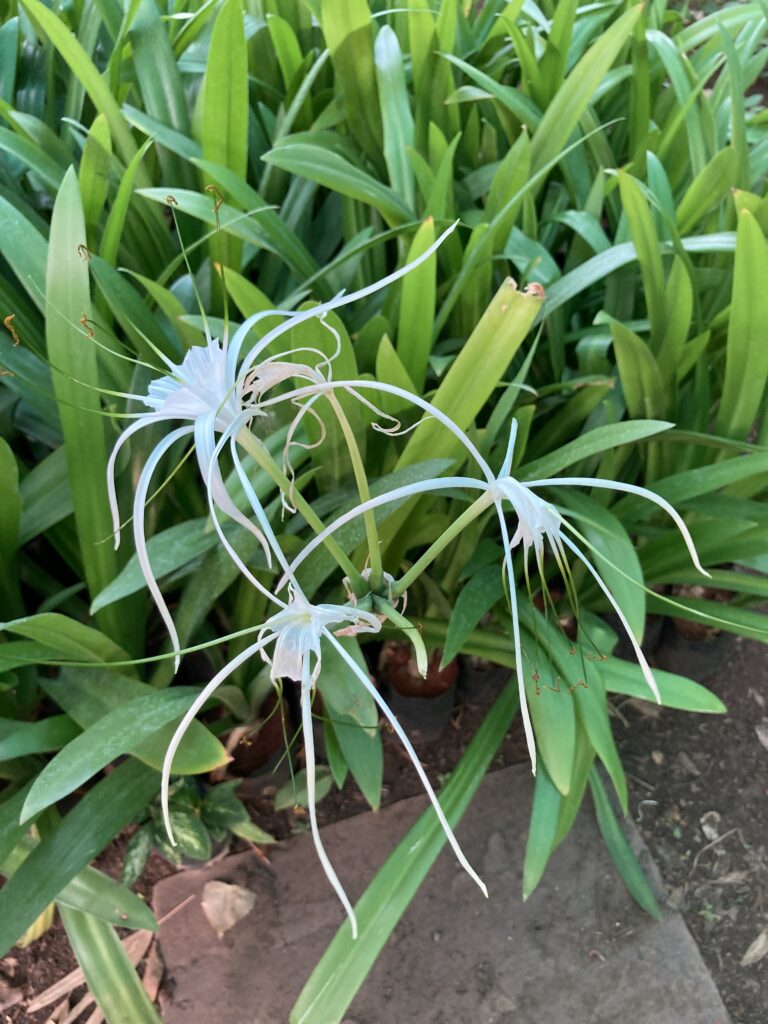
Spider lilies are not typically affected by pests or diseases, but aphids can sometimes be a problem. If you notice aphids on your Spider lily, simply wash them off with a hose or blast of water from the garden hose. You can also introduce ladybugs into your garden, as they are natural predators of aphids.
With just a little basic care, your Spider lily will thrive and bring beauty to your garden for many years to come.
Frequently Asked Questions about Spider Lilies
Spider lilies are a beautiful and popular flower, but they can be finicky creatures. If you’re thinking of adding spider lilies to your garden, here are some answers to frequently asked questions that can help you get started.
Q: What is the difference between a spider lily and an amaryllis?
A: Spider lilies (Lycoris radiate) and amaryllis (Hippeastrum sp.) are both in the Amaryllis family. However, they are two different plants. Spider lilies are native to Asia, while amaryllis are native to South America. Spider lilies have long, thin petals that resemble the legs of a spider, while amaryllis have large, showy flowers.
Q: Are spider lilies poisonous?
A: All parts of the spider lily plant are considered poisonous if ingested. However, they are not harmful to touch. If you have pets or children who may be tempted to eat the bulbs, it is best to plant them in an area that is out of reach.
Q: Do spider lilies come back every year?
A: Yes, spider lilies are perennial plants that will come back year after year. In fact, they often multiply and spread on their own.
Q: How long do spider lilies bloom?
A: Spider lilies typically bloom for two to three weeks in late summer or early fall. However, the exact timing of blooming will vary depending on the climate and weather conditions.
Q: How do you propagate spider lilies?
A: Spider lilies can be propagated by division or seed. To divide, simply dig up the bulbs and replant them in a new location. To propagate by seed, plant the seeds in a pot filled with well-drained soil. Keep the pot in a warm, sunny location and water regularly. The seeds should germinate within six to eight weeks.
